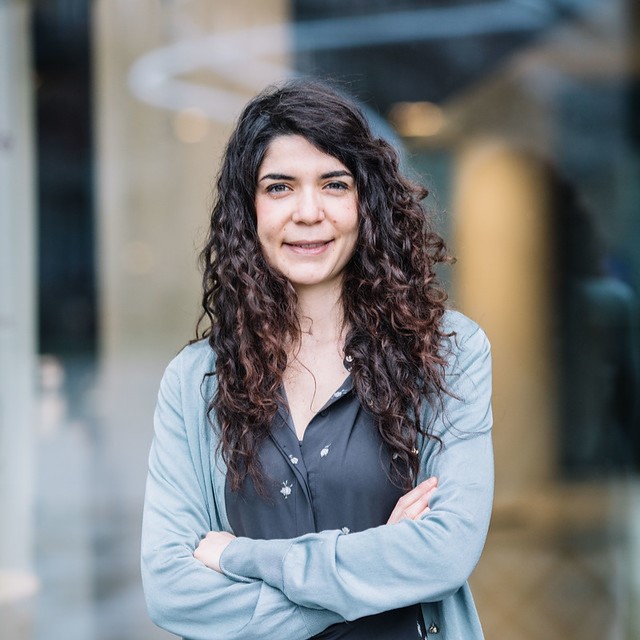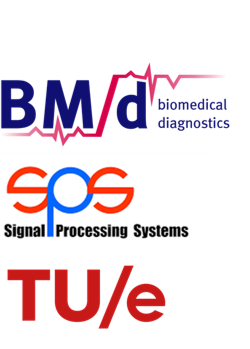Statistical Signal Processing
Master course, Eindhoven University of Technology, masters EE and AI&ES, 2018
As variability and noise affect all measurements, all signals are inherently stochastic variables. Deterministic signal processing approaches are thus inadequate for many real-world applications. Whether a radar signal to detect a plane, an electrocardiogram to diagnose heart conditions, or a GPS signal to guide an autonomous car, virtually every engineer deals with real-world signals affected by several sources of noise and interference. Understanding how to handle and process signals in the presence of uncertainty, e.g., “random” signals, is thus fundamental for every student aiming at becoming an engineer. This course provides the basic tools necessary for understanding and processing random signals.
The course is divided into four parts, including a blend of reading and video materials, quizzes, and assignments. The first part covers topics of probability, random variables, and random processes and is a prerequisite for the following parts. The second part dives into estimation theory and methods, including maximum likelihood, least-square, and Bayesian estimation. The third part explains the application of estimation theory in the context of spectral analysis. The final part covers hypothesis testing and detection theory, with applications for detecting a deterministic signal in noise.
Learning goals
At the end of Part 1, students will be able to:
- Understand the basic principles of probability, including probability axioms, independence, conditional probability, and Bayes’ theorem, and use these principles in solving problems.
- Explain the difference between deterministic and stochastic signals providing examples in the context of signal processing.
- Understand and reflect on the implications of the central limit theorem in the context of signal acquisition and analysis.
- Characterize random variables using probability distributions, expected value, variance, and moments.
- Characterize random signals by computing first and second-order statistics.
At the end of Part 2, students will be able to:
- Calculate the bias and variance of an estimator, given the noise statistics.
- Decide which estimation method to use to solve an estimation problem based on the signal model and availability of noise statistics.
- Apply numerical methods to obtain the least-squares and maximum likelihood estimates for problems with nonlinear signal models.
At the end of Part 3, students will be able to:
- Explain the difference between energy and power signals and the implications in the context of real-world signals.
- Describe how windowing and zero-padding affect spectral estimation.
- Estimate and analyze the power spectrum of a random signal by applying parametric and non-parametric methods for spectral estimation.
At the end of Part 4, students will be able to:
- Describe binary hypothesis testing problems in the context of detection theory.
- Apply Neyman-Pearson tests and Bayesian detectors.
- Use matched filters to detect known signals in noise.

